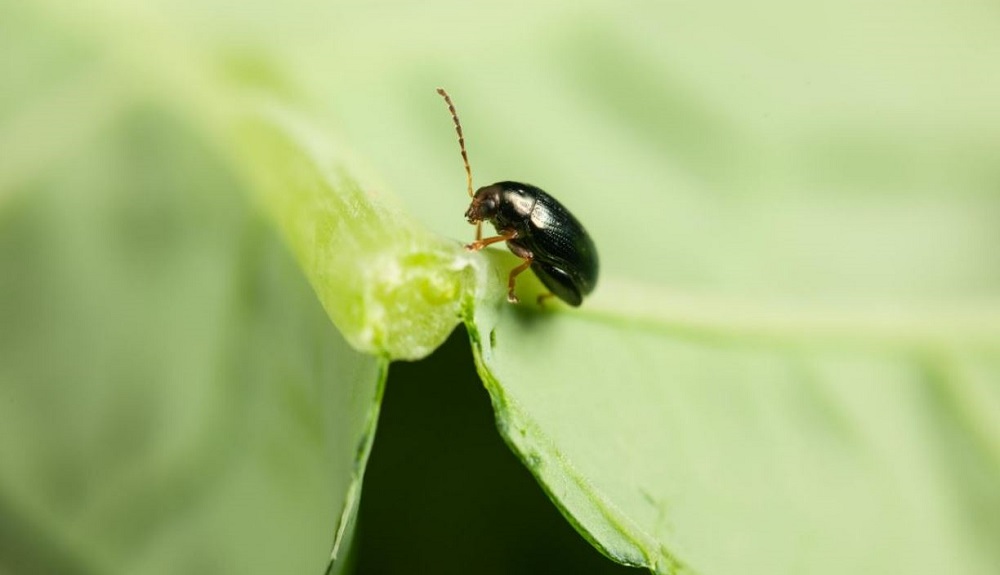- Home
- Knowledge library
- Cabbage stem flea beetle (CSFB) and its management in oilseed rape
Cabbage stem flea beetle (CSFB) and its management in oilseed rape
A lack of effective chemical options in oilseed rape has accelerated the rise of cabbage stem flea beetle (CSFB). This beetle is now pest enemy number one in this crop, with its management resting on a rapidly developing, variable and complex set of alternative solutions.
Why cabbage stem flea beetle is an issue
Without effective chemical protection, CSFB has become more problematic. Critically, the pest can destroy a plant’s growing point and cause crop failure. Learn about the beetle’s life cycle and the factors that influence crop risk.
CSFB: Basic beetle biology and damage
Cabbage stem flea beetle IPM
A unique industry partnership has examined the evidence and compiled a top ten list of strategies to provide confidence in growing oilseed rape. Use as many of these as possible to maximise the chance of success for your farm.
Top CSFB management strategies
Cabbage stem flea beetle treatment thresholds
CSFB has developed resistance to pyrethroid insecticides to various degrees, so it is essential to target – even avoid – sprays as much as possible.
CSFB insecticide treatment thresholds
Cabbage stem flea beetle research
Varietal resistance to feeding (herbivory) by CSFB
Novel approaches to control CSFB (PhD)
Reducing the impact of cabbage stem flea beetle (CSFB) on oilseed rape in the UK
Further information
Discover the pests and natural enemies of UK field crops
 Rothamsted Research
Rothamsted Research
News and blogs
Videos
Use of IPM to work with enemy – Steve Ellis, ADAS
Pest biology research to understand the enemy – Tom Pope, Harper Adams University
At the 2024 Agronomy Conference, Sacha White (AHDB) provided an update on CSFB management. The presentation covered the pest's life cycle (including insecticide resistance and natural enemies), what we can glean from monitoring data, as well as IPM and novel control.

